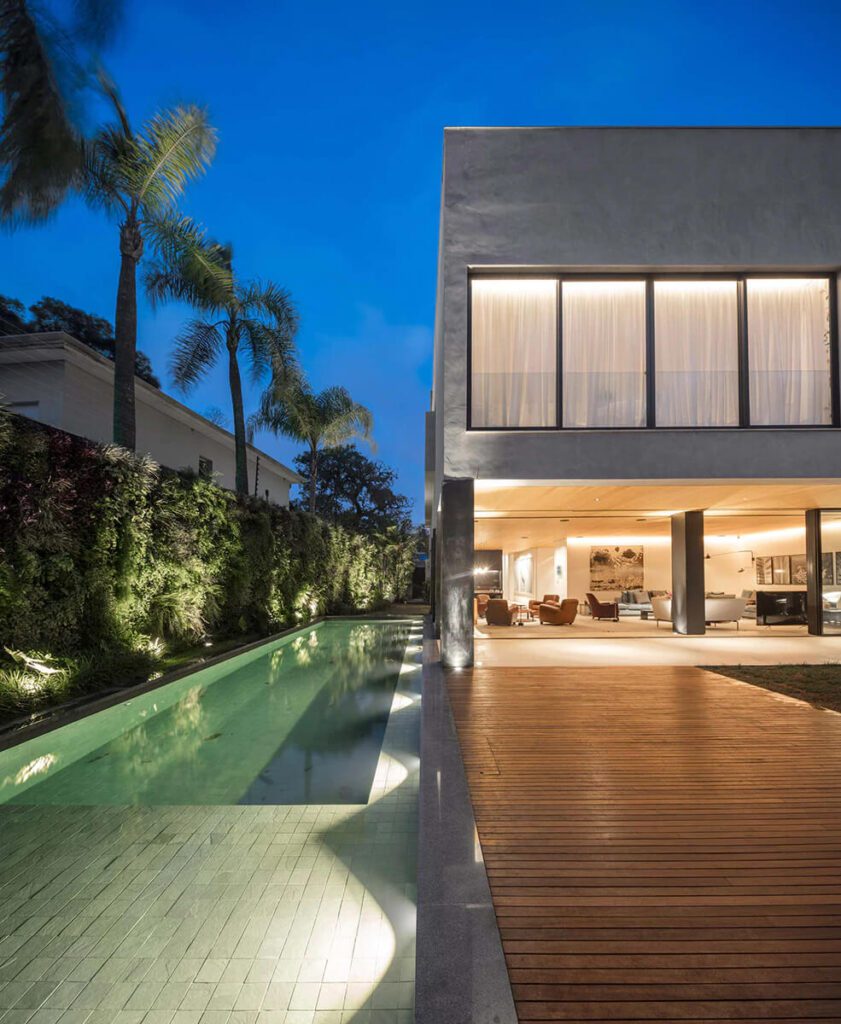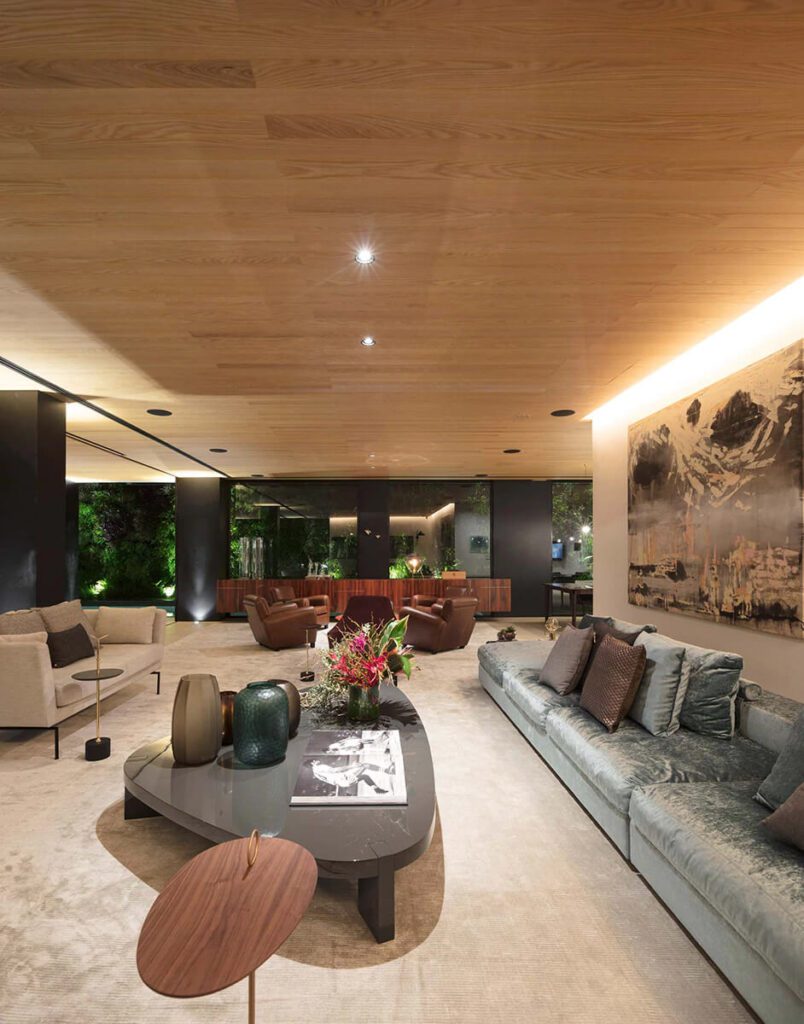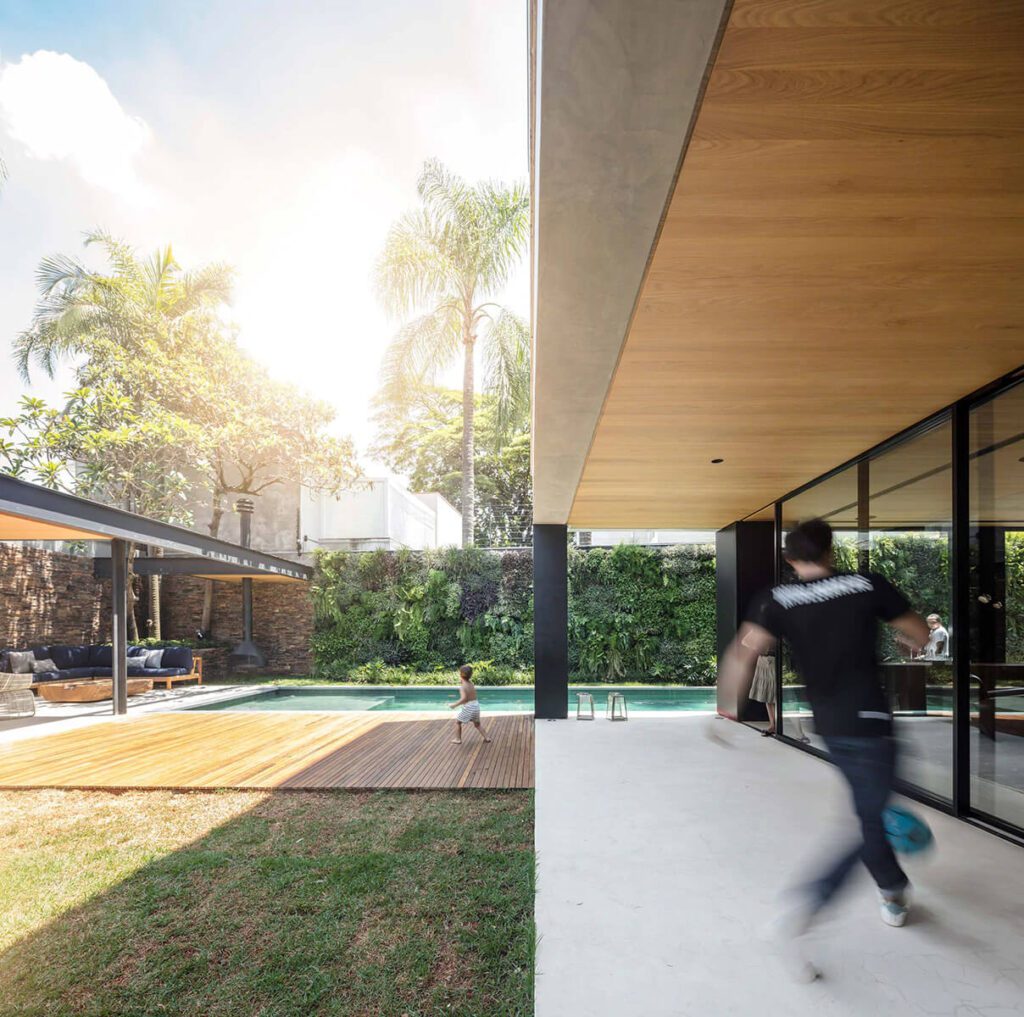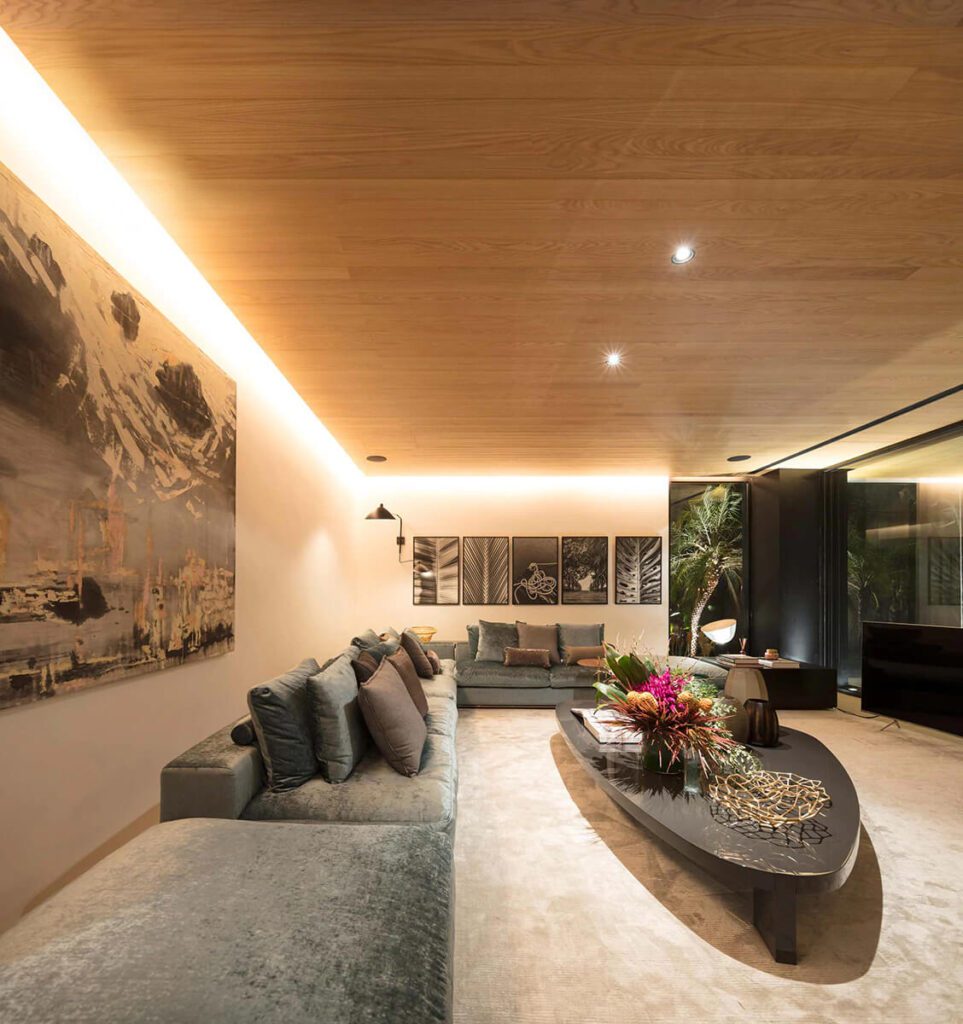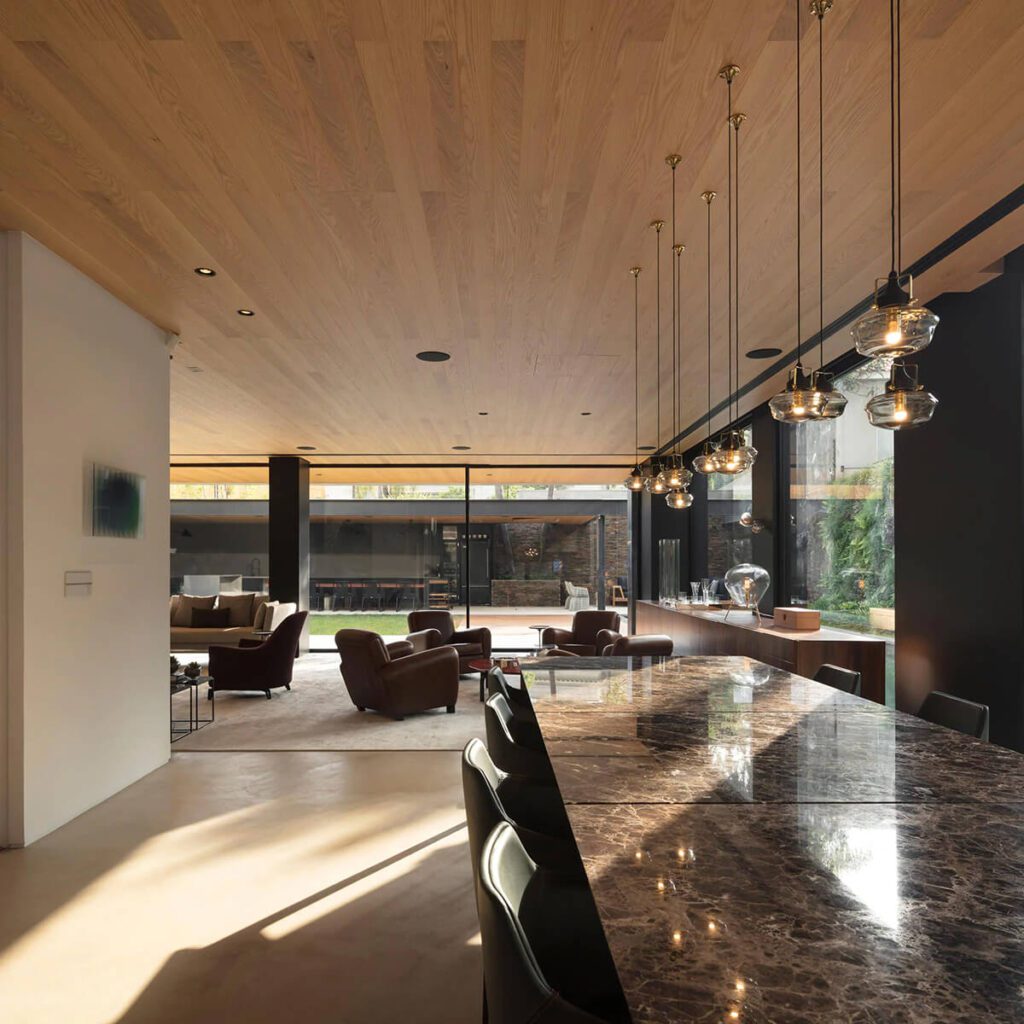O retrofit traz modernidade e alto padrão à residência elegante construída nos anos 1950, sem perder sua essência clássica.
No matter how adequate an architectural project may be, the program to be provided by a building varies over time, often requiring functional and constructive changes. As happens, in fact, with this 740 m2 residence with elegant lines, built in the 1950s, in one of the most noble neighborhoods of São Paulo, recently subjected to a retrofit process, led by the team of architect Fernanda Marques.

